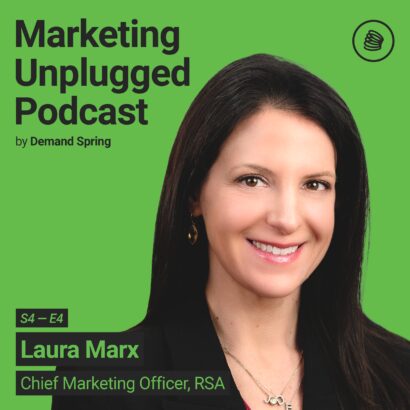You’ve likely noticed that AI and machine learning are hot topics among marketers these days. But at this year’s SXSW interactive conference, I was invited to present “AI Ain’t All It: Innate Intelligence Drives Action.”
In the session, I revealed why marketers must pair artificial intelligence with innate intelligence in order to create the most effective campaigns. While AI can be incredibly helpful when quickly crunching large amounts of data to arrive at logical, fact-backed answers, marketers must remember that people often do not make logical, fact-based decisions. Their decision-making process is more innate, with people often defaulting to automatic, instinctive, hardwired behaviors. As a result, how a message is served up can make a big difference in terms of how it’s understood and acted upon. Following are three key takeaways from the presentation.
It’s not how people think but how they feel
Often marketers believe that if we provide the right information at the right time to the right people, those people will make the right decision and purchase our product. As a result, we deluge prospects with relevant features, facts, and statistics.
However, behavioral scientists have found that people make decisions for emotional reasons, and then later justify those decisions — to themselves and to others — with rational reasons. And this is true not only for B2C products, but also for B2B products, technical products, practical products, and even boring products. So smart marketers highlight the emotions behind their products and services.
Example: A Business Intelligence product ad acknowledged how their targets felt making decisions without having all the necessary data, by running the headline “The antacid for a diet of tough decisions.”
People are less rational and more reactional
Our ancient ancestors evolved to act now and think later. Those who encountered a sabre tooth tiger and debated the available courses of action became lunch. Those who just bolted lived to see another day. Theirs are the genes we’ve inherited. As a result, even now, your customers and prospects are hardwired to react with little to no thought when they encounter certain stimuli.
While they may believe they know why they do what they do, very often they are being influenced by underlying factors they’re not even aware of. For instance, behavioral scientists have shown that people are more likely to make a buying decision when they have two options versus one. Having a choice feeds the innate need for autonomy, the human desire to exert some control over ourselves and our environments. That means savvy marketers should provide options whenever possible.
Example: A data storage product offered both basic and deluxe tiers.
People pay attention to auditory cues
Early humans listened, because they had to. Approaching footsteps at night could mean danger. Rustling in the underbrush could mean dinner. Paying attention to auditory cues was important to their lives. Even now, neuroscientists are finding that certain sounds help people heal faster, learn better, and even experience the taste of food differently. Science has also found that what your customers and prospects hear can influence their buying decisions.
Researchers have proven that people are more likely to do what you ask them to do if you give them with a reason. And they’ve shown that teeing up that reason with the word “because” can make people start to comply before they even process the words that follow it. This means including the reason why someone should buy can make them more likely to do so.
Example: A high tech recruitment firm trying to place a developer with a new employer began their email with “Because you should always be on the lookout for top candidates…”
The bottom line: Combine innate intelligence with artificial intelligence to increase the effectiveness of your marketing.
Technology changes quickly. But how people make decisions has remained quite constant. While taking advantage of advances in AI, don’t forget to phrase and frame your marketing messages in the ways that will most appeal to the human brain. Doing so will increase the likelihood your campaigns will deliver the results you seek.





